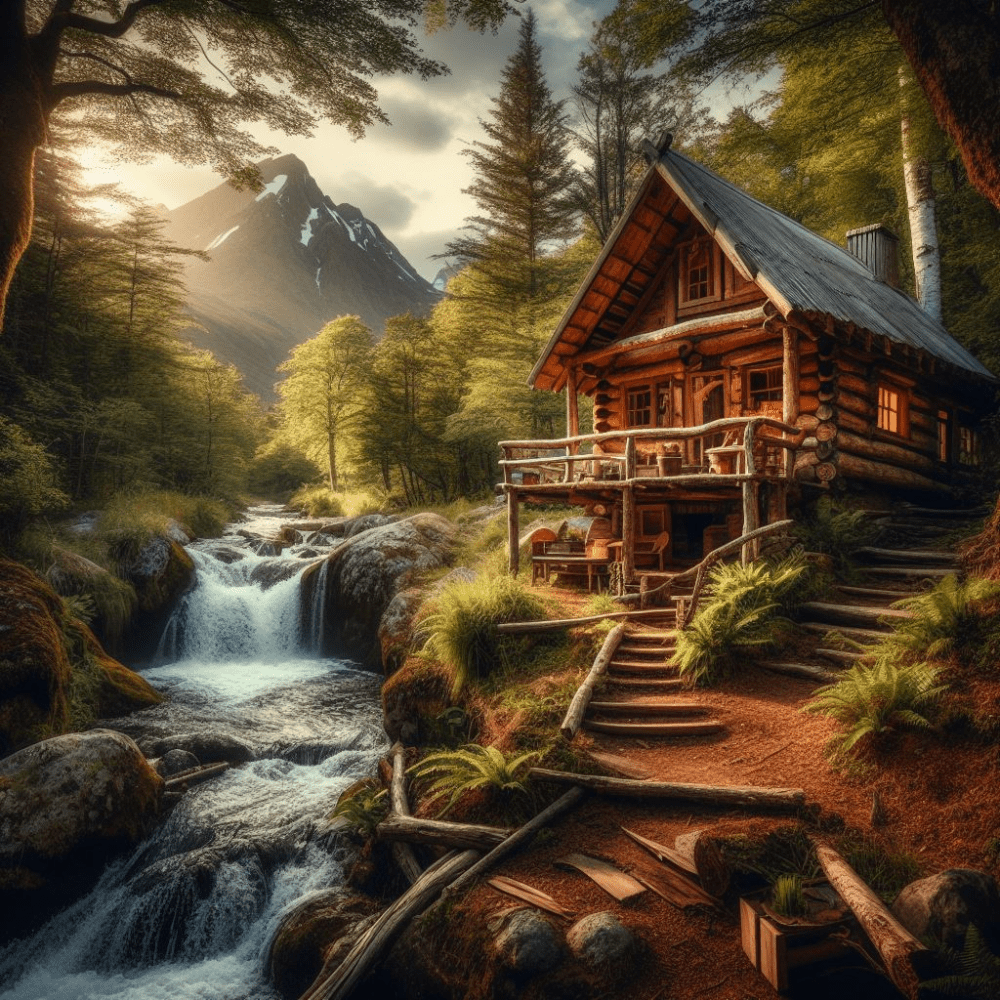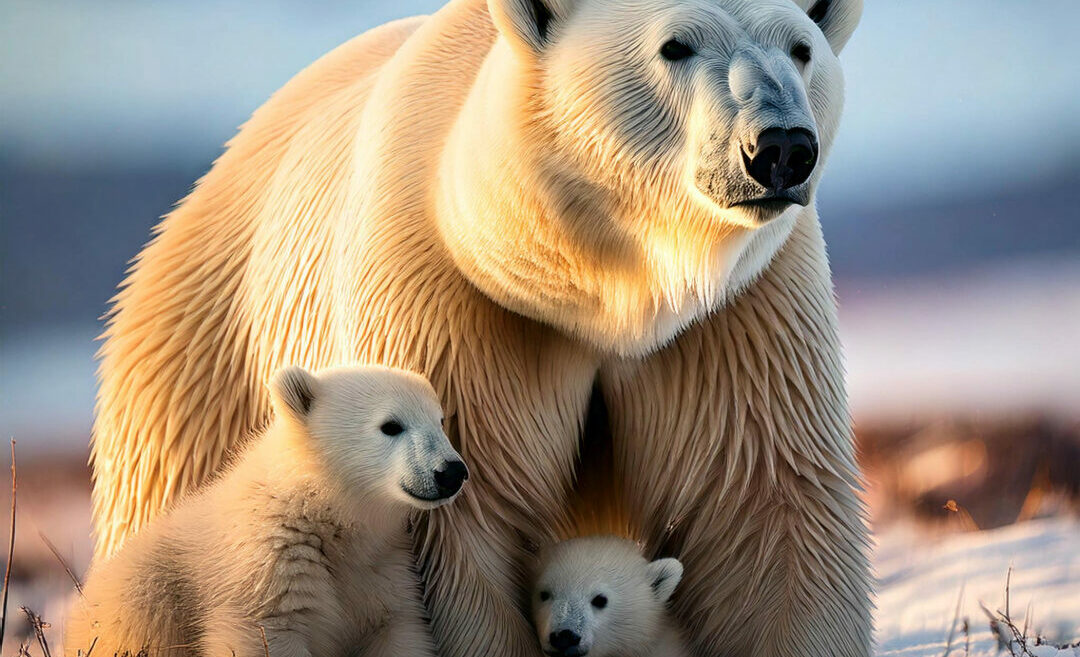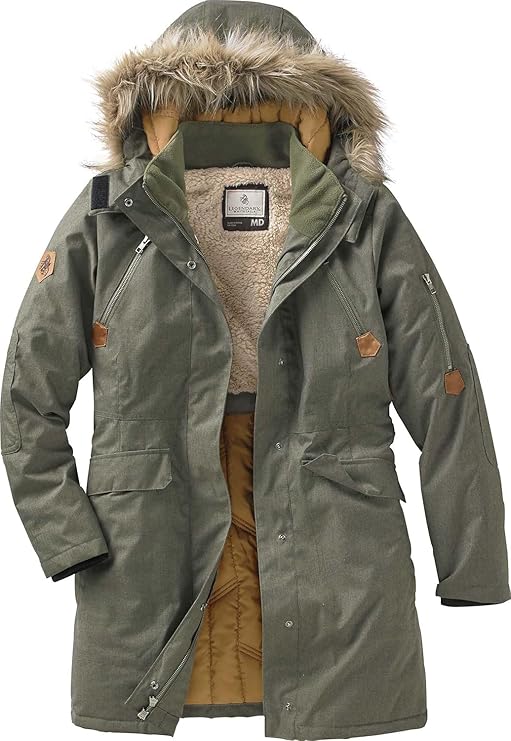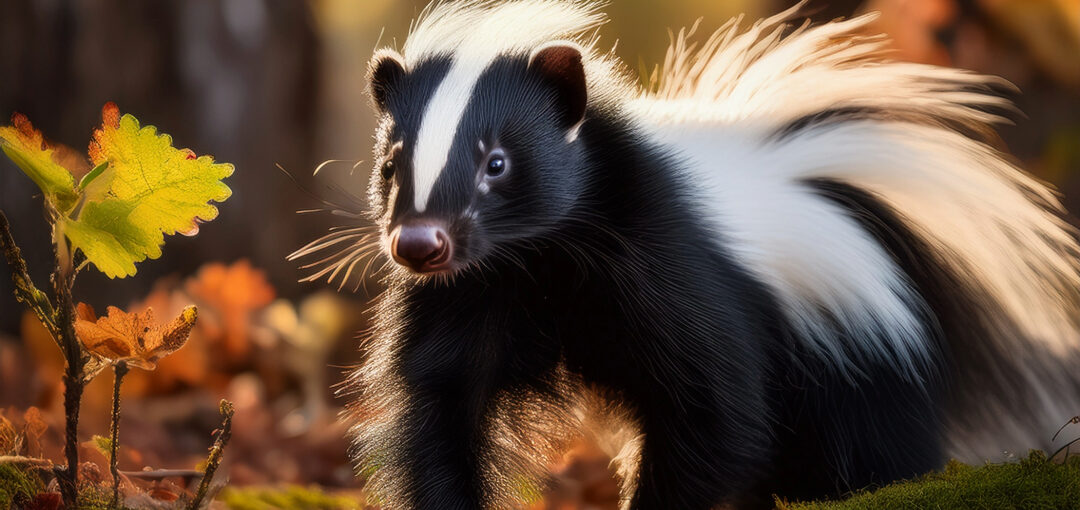Polar bears are breathtaking creatures, genuinely the giants of the Arctic. Standing tall among marine mammals, they captivate both scientists and adventure-seekers alike. But what exactly makes these snow-dwelling predators so special? It’s their sheer size, strength, and that sleek white coat that blends seamlessly into the icy backdrop. They’ve evolved over thousands of years to become masters of their frozen domain.
(Even though you most likely do not have Polar Bears in your backyard, unless you have a cabin in the artic, I thought it would be interesting to learn more about the Polar Bear’s life and habitat).
Tracing back through history, polar bears didn’t always roam the icy plains of the Arctic as they do now. These bears have a rich ancestry dating back to brown bears in the region, adapting over generations to their harsh environment through a process called divergent evolution. This adaptation is why they’ve ended up as the largest land carnivores today.
Unfortunately, polar bears face a plethora of threats, almost all linked to the changing climate. Warmer temperatures mean melting ice caps, which spells disaster for these bears whose lives revolve around sea ice. Less ice means fewer hunting grounds and a tougher time finding food.
Historically, polar bears have fascinated different cultures around the world. Indigenous communities have adopted them into legends, viewing them as both strong and wise creatures. While during explorations or expeditions, early encounters with polar bears often left a lasting impression: a dance between awe and the clear understanding of their place atop the Arctic food chain.
Habitat and Adaptation: Surviving the Arctic
Imagine the vast expanse of the Arctic—harsh, freezing, and often unrelenting. This is the everyday world for polar bears, a realm they dominate thanks to some jaw-dropping adaptations.
The Arctic’s rugged geography, comprised of icy landscapes and frigid seas, is both a cradle and a challenge for polar bears. They rely on these ice-laden waters to hunt seals, catch the occasional whale carcass, and traverse from one hunting ground to the next.
Speaking of cold weather, I thought this was a beautiful winter coat for women. TAKE A LOOK BY CLICKING ON THE IMAGE BELOW:
When it comes to survival techniques, polar bears are nothing short of extraordinary. Their dense, water-repellent fur and thick layer of fat keep them insulated against the biting cold. Underneath that iconic white coat lies black skin, an adaptation to absorb heat from the sun—yes, even in the Arctic there’s some sunshine!
Food plays a pivotal role in their survival strategy. Polar bears are masters of stealth, often lying in wait by seal breathing holes for hours, sometimes even days, to catch a meal. Their primary prey, seals, provide them with the fat needed to survive and thrive during those long, dark months.
Migration patterns add another layer of complexity to their life story, often dictated by the rhythmic freezing and thawing of the ice. These patterns are crucial for understanding how polar bears move and live, offering insights into their resilience in the face of changing environmental conditions.
Polar Bear Conservation: Efforts and Challenges
Polar bears might reign as kings of the Arctic, but even they aren’t immune to the impacts of a changing world. Conservation today is both an art and a science, a balancing act requiring patience, innovation, and global collaboration.
With climate change accelerating like a runaway train, polar bear populations are under increasing threat. As the ice melts, bears find themselves in a precarious situation—a shrinking habitat means less access to food and a higher risk of getting stranded. It’s a race against time to find effective conservation strategies.
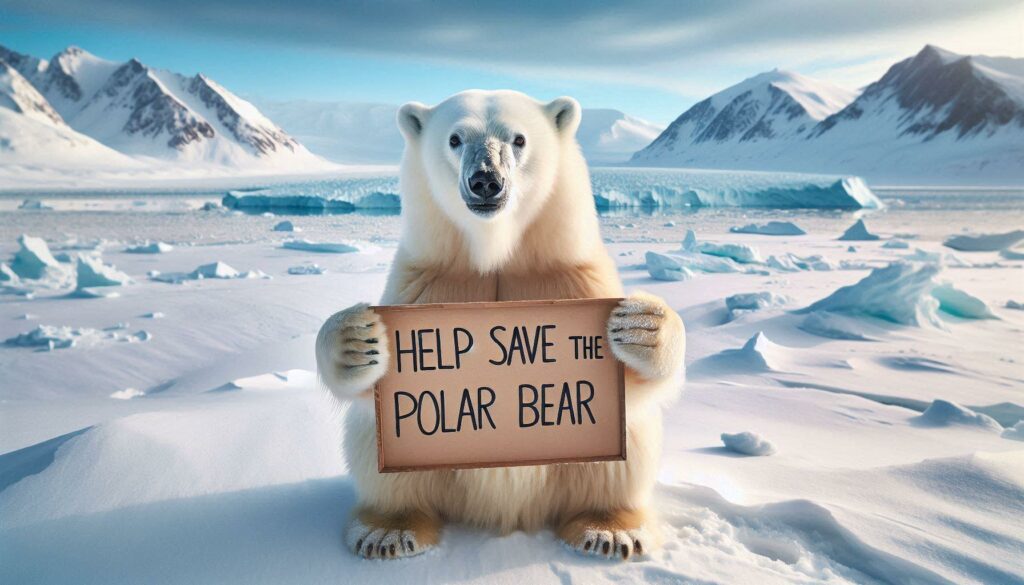
The role of human activity can’t be overstated. Industrialization leaves a significant footprint on Arctic environments, bringing challenges like pollution and habitat disruption. Yet, it’s not all doom and gloom. Many communities are stepping in, emphasizing sustainable practices and raising awareness.
Success stories offer glimmers of hope. Some regions have seen stabilized numbers thanks to stringent protection efforts. It’s a testament to the impact of dedicated local and international conservation programs. However, challenges remain substantial, highlighting the need for ongoing commitment.
As we move forward, the future of polar bears heavily relies on our actions. Conservation isn’t just about saving a species; it’s about preserving a vital piece of our planet’s diverse ecological tapestry. Protecting polar bears means safeguarding a chunk of Arctic wilderness—and ultimately, our global heritage.
Polar Bears in Culture: A Symbol of Strength and Vulnerability
Polar bears aren’t just the Arctic’s apex predators; they’re woven into the cultural fabric of many societies. Indigenous folklore teems with stories of the bear’s prowess, wisdom, and natural majesty, casting them as both spiritual allies and formidable beings to be respected. These tales have been passed down generations, keeping the bond between humans and bears alive and influential.
Beyond Indigenous cultures, polar bears have become icons, often depicted in media and art, embodying both the raw power of nature and the fragility of our environment. Who hasn’t felt a chill run down their spine watching documentaries of these magnificent beasts or marveled at their grace in art exhibits?
With polar bears frequently spotlighted in environmental activism, they’ve become potent symbols for the fight against climate change. Their plight resonates worldwide, inspiring countless campaigns and movements aimed at preserving what’s left of their icy homes. They remind us of our duty to protect the natural world and the fallout that may follow if we ignore climate warnings.
As we look to the future, polar bears stand as a testament to the balance of strength and vulnerability in nature. Their story fuels conversations about conservation and climate change, urging us to act not just for the bears, but for the overarching health of our planet. The legacy we leave behind hinges on our ability to safeguard these majestic creatures for future generations.
